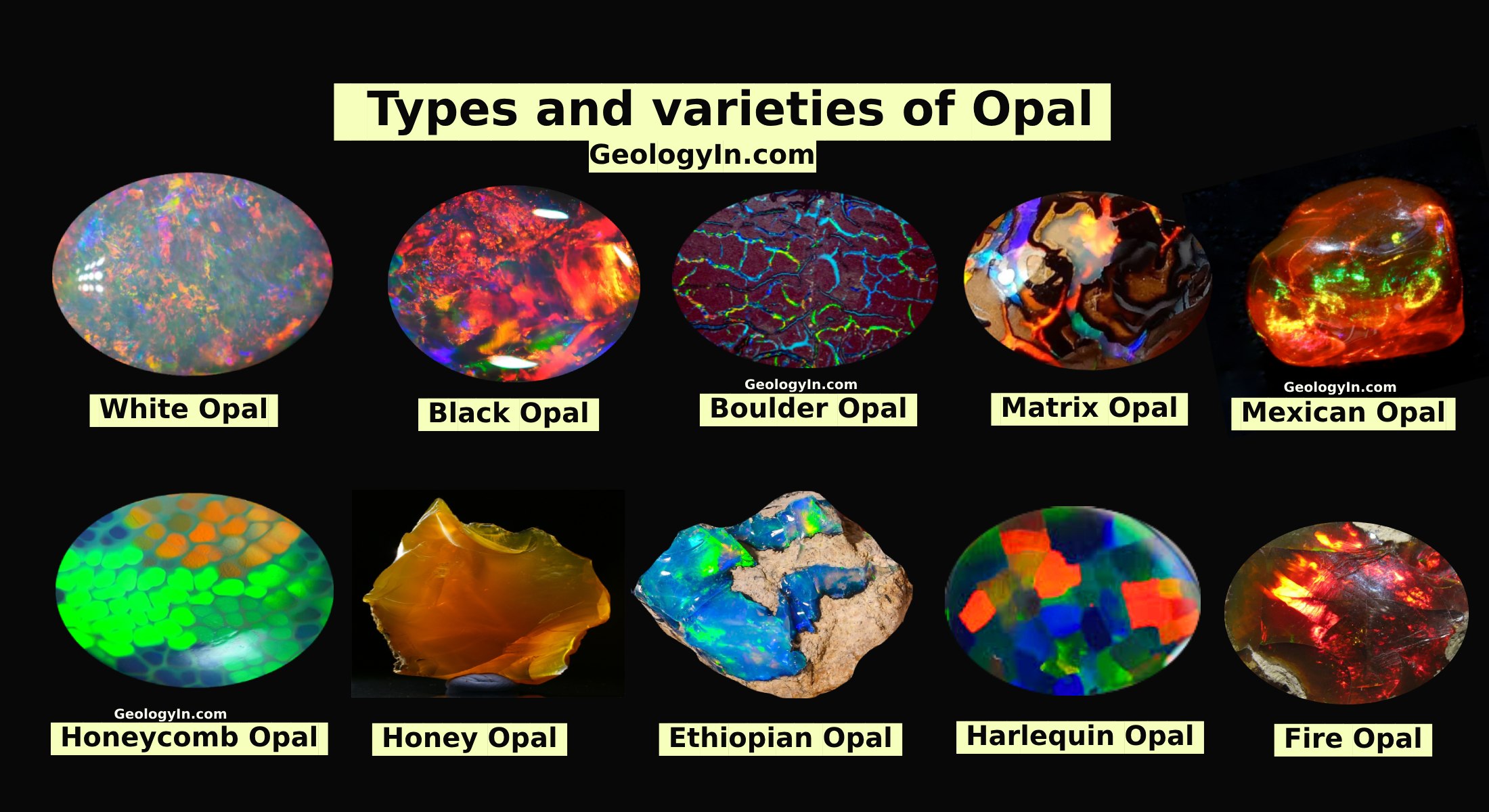How Do Dinosaur Footprints Get Preserved in Rock
Dinosaur footprints are preserved in rock through a process known as the fossilization of trace fossils (ichnofossils). This occurs when a dinosaur steps onto soft sediment—such as mud, sand, or silt—leaving an impression. For the footprints to be preserved, specific environmental conditions must be met. Over thousands to millions of years, these impressions can undergo lithification, a process in which sediment hardens into rock.
How Dinosaur Footprints Become Fossilized
The preservation of dinosaur footprints follows a series of geological steps that occur over thousands to millions of years. These steps involve the initial formation of the footprint, its burial by sediment, lithification into rock, and eventual exposure due to erosion.
1. Footprint Formation
A dinosaur walking across soft, moist sediment—such as mud, sand, or silt—near a riverbank, lakeshore, or coastal tidal flat leaves an impression in the ground. The sediment must have the right consistency: if it is too dry, it won’t hold the shape, and if it’s too wet, the footprint may collapse. Under ideal conditions, the weight of the dinosaur compresses the sediment, leaving a distinct track.
2. Rapid Burial and Sediment Deposition
For the footprint to be preserved, it must be quickly buried by additional sediment, such as sand or silt, carried by wind, water, or other natural forces. This new sediment layer protects the footprint from erosion and deformation. In many cases, the filling material differs slightly in composition from the original sediment, helping to preserve the footprint’s details.
3. Sediment Compaction and Lithification
As more layers of sediment accumulate over time, the weight and pressure compact the lower layers. This process, combined with mineral-rich water seeping through the sediment, cements the grains together, gradually turning the sediment into rock—a process known as lithification. Common rock types that preserve footprints include sandstone, mudstone, and limestone. The fossilized footprint may remain as a depression (natural mold) or become a raised cast if the original impression was later filled with hardened sediment.
4. Erosion and Exposure
After millions of years, geological processes such as tectonic uplift, faulting, and erosion gradually wear away the overlying rock layers. Wind, water, and other natural forces expose the fossilized footprints at the surface, where paleontologists can discover and study them. In some cases, the footprint appears as a raised cast if the surrounding softer material eroded away, leaving the hardened infill behind.
Factors That Influence Footprint Preservation
Several environmental and geological factors determine whether a dinosaur footprint becomes fossilized or fades away over time. The following conditions enhance the likelihood of preservation:
Soft but Stable Sediment: The sediment must be soft enough to capture the footprint but firm enough to retain its shape without collapsing. Ideal conditions are found in fine-grained materials like mud, silt, or fine sand, which can preserve intricate details better than coarser sediments like gravel.
Rapid Burial: Quick coverage by additional sediment—such as sand or silt—protects the footprint from erosion, weathering, and disturbances caused by water, wind, or animals.
Mineralization: Groundwater rich in dissolved minerals can seep into the sediment, gradually cementing the grains together and enhancing preservation by hardening the footprint into rock.
Low-Oxygen Environments: Footprints deposited in low-oxygen settings, such as underwater or in swampy conditions, are less likely to be disturbed by scavengers or microbial decay, increasing the chances of fossilization.
Stable Geological Conditions: The area must remain undisturbed by major geological events like earthquakes, volcanic activity, or intense erosion, which could destroy the footprint before it becomes a fossil.
Why Some Footprints Are Lost
Not all footprints endure the fossilization process. Many are obliterated by erosion, biological activity, or geological events before they can be buried and preserved. Dinosaur footprints are preserved when they are swiftly covered by sediment, buried deeply enough to avoid disturbance, and exposed to the right conditions for fossilization.
 |
| Dinosaur footprints in Torotoro National Park, Torotoro, Bolivia. |
Types of Dinosaur Footprints in Rock
Dinosaur footprints preserved in rock come in various forms, each
offering unique insights into the lives of these ancient creatures. Here’s a closer look at the different types of dinosaur footprints and what they reveal:
True Tracks: These are the original impressions left directly by a dinosaur’s foot in soft sediment. If preserved, they provide the most accurate representation of the dinosaur’s foot shape and toe arrangement.
Molds: When a footprint is pressed into sediment and the surrounding material hardens over time, it creates a hollow impression in the rock. This negative relief preserves the original shape of the footprint.
Casts: If a mold is later filled with mineral-rich sediment or rock material that hardens, it forms a raised, three-dimensional replica of the footprint. This is known as a natural cast, which mirrors the original track.
Undertracks: Sometimes, the pressure from a dinosaur’s foot deforms deeper layers of sediment beneath the visible footprint. These undertracks appear as fainter impressions below the surface and can provide additional clues about the dinosaur’s weight and movement.
By studying preserved dinosaur footprints, paleontologists can gain valuable insights into prehistoric ecosystems. These tracks reveal information about a dinosaur’s movement, speed, size, and even social behavior, helping scientists understand how these ancient creatures lived, traveled, and interacted with one another.
Read also:
Types of Fossils
Index Fossils: Definition, Importance, Types





%20(1).webp)






